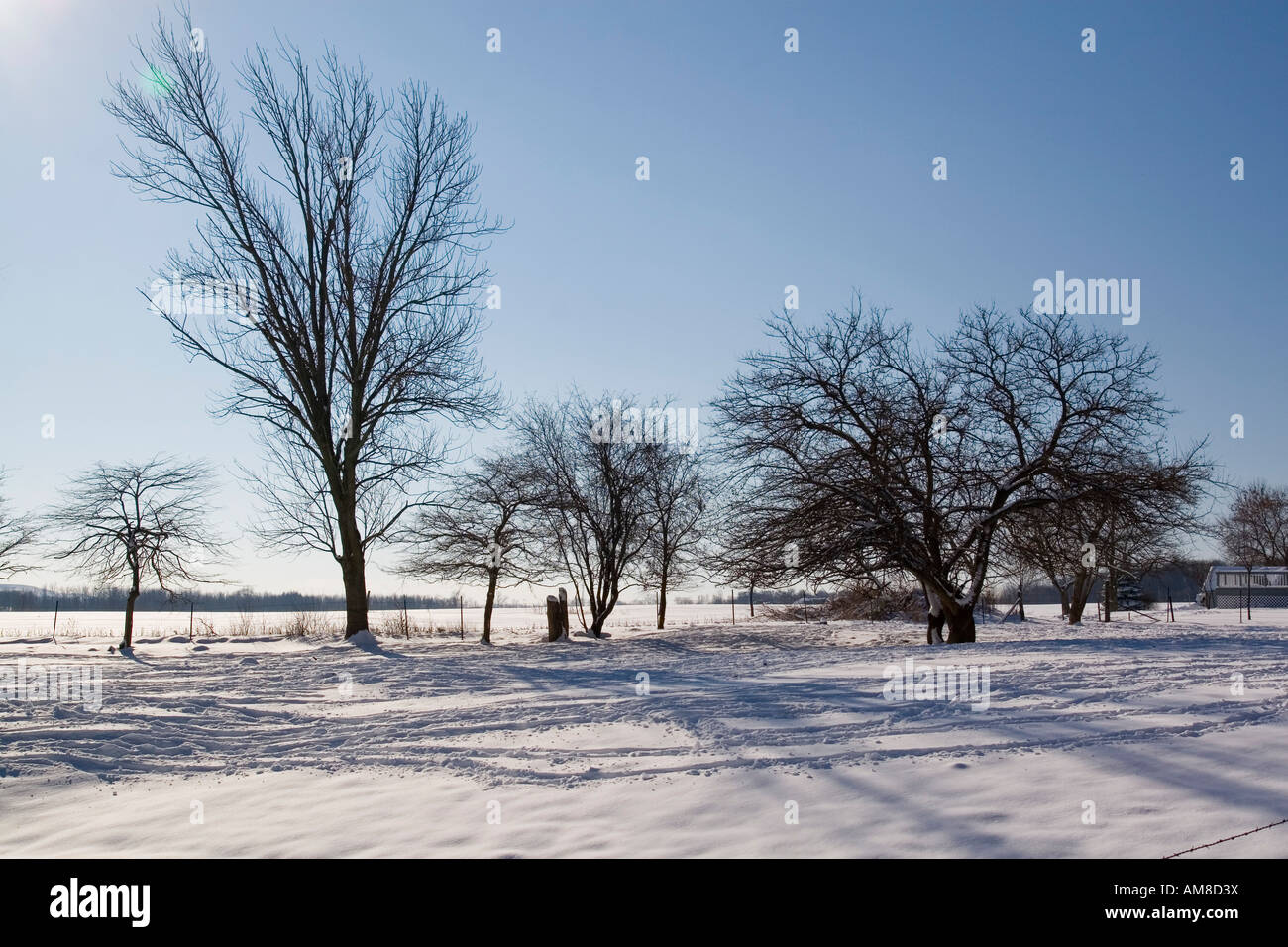

These factors, combined with a favorable climate, make Antigo a Prime Farmland soil, one of the most productive agricultural soils in north central Wisconsin. The underlying sand and gravel layers allow for good drainage. The silty upper layers hold plenty of nutrients and water for plant growth. The organic enriched surface layer provides an excellent seedbed and good tilth. This makes rain slightly acidic as it enters the soil which makes the horizon below the organic matter lighter in color.Ī Prime Agricultural Soil, Antigo occurs mostly on nearly level ground, suitable for agriculture. In forests, dead leaves, plants, and other organic matter tend to build up on the surface of the soil.

Plants and trees began to grow in the area eventually expanding into great forests. Soil development, under northern hardwood forests, produced an organic enriched surface layer and a clay enriched subsoil. Strong winds and glacial meltwaters deposited 2 to 3 feet of silty loess and loamy outwash on top of the sand and gravel. Found above this sandy horizon, is a layer of clay and silt they blew over the exposed land surface and settled in Wisconsin. Sand and gravel from the melting glaciers spread across the land and this was the basis for the Antigo soil which you can still see today in the subsoil (below the surface soil). When these last glaciers melted around 11,000 years ago they left behind all the mineral debris they had picked up while forming. The last of which is referred to as the Wisconsin Glaciation. Thousands of years ago, glaciers spread across the Midwest. “Soil is the hidden, secret friend, which is the root domain of lively darkness and silence.” Francis D. These soils formed in silty material underlain by sand and gravel on glacial outwash plains and versatile soil, supporting mainly dairy, potato, and timber production. It is a productive, well-drained soil with a light-colored surface layer developed under northern hardwood forests. It was selected to represent the more than 800 different soils in Wisconsin. A historical marker is located northeast of Antigo on Highway 52. He lobbied heavily for a state soil and even made a state soil seal and wrote a song about the Antigo Silt Loam! Antigo is named for the nearby city of Antigo, WI in Langlade County where it was first mapped in 1947. Hole, soil science professor at the University of Wisconsin in Madison. The person instrumental in the process was Dr. HistoryĪntigo Silt Loam was named the official state soil of Wisconsin by the State Legislature in 1983, a declaration intended to remind us of the importance of our soil resources. Let’s explore how Antigo is important to Wisconsin.

Antigo Silt Loam is the official state soil of Wisconsin. And, many states also have a state soil – one that has significance or is important to the state. Many states have a designated state bird, flower, fish, tree, rock, etc. Wisconsin State Soil Antigo Silt Loam Introduction


 0 kommentar(er)
0 kommentar(er)
